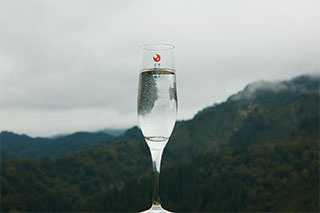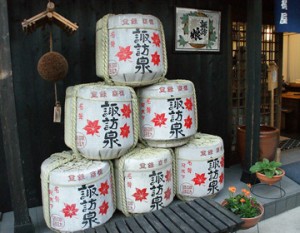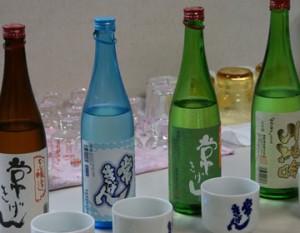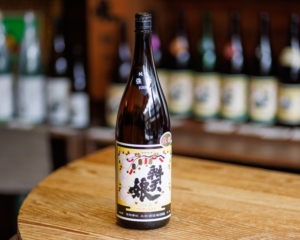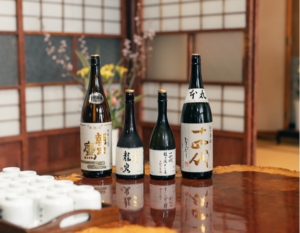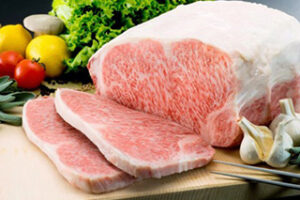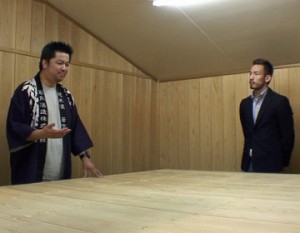Discoveries that can only be made locally are the best part of traveling.
Twelve years ago, at the age of 29, Hidetoshi Nakata retired from active soccer. After visiting more than 90 countries, he realized that although he was Japanese, he did not know much about Japan, and in 2009 he began a journey that took him to all 47 prefectures of Japan. After spending about 7 years visiting all of Japan, he has been traveling around the country to promote and develop Japanese culture, which has enough charm but is not in the spotlight. He has made countless trips to Fukushima, one of the most famous sake-producing regions in Japan.
There are three cultural zones, Hamadori, Nakadori, and Aizu, each of which has its own rich regional culture. Fukushima Prefecture is the third largest prefecture in Japan in terms of land area and has formed a diverse culture with its richly varied climate, and every time I visit, I make new discoveries. Nakata has introduced many people to the charms of traditional crafts and sake in various regions of Japan. This year, ” Oku-Aizu Kinzan Natural Carbonated Water ” is being used as the temperate water in the ” Craft Sake Week, ” a sake event he is organizing.
Kanayama-cho, Onuma-gun, is located in the western part of the Aizu region of Fukushima Prefecture, on the border with Niigata Prefecture. The water that springs from the town in the valley that embraces the Tadami River is soft and slightly carbonated, which is a very rare feature. It became so popular that it was exported to Europe during the Meiji period (1868-1912), but production was discontinued due to difficulties in transportation. However, the water, which had been carefully protected by local residents, has been successfully restored after about 100 years.

Rediscovering the charms of Fukushima, where diverse cultures thrive
The company that produces “Okuaizu Kanayama Natural Carbonated Water” is Harbeth Corporation, headquartered in Saitama Prefecture. President Tomonori Maeda heard about the reputation of the carbonated water in Kanayama from his customers, and upon visiting the area, he decided to commercialize the product. With the cooperation of the local community, he drilled a new well, set up a factory, and began selling the product in 2004.
Mr. Nakata first learned of the product seven or eight years ago. He recalls that he was strongly impressed by the fact that it was naturally carbonated water, which is rare in Japan.
Now, carbonated water is a common drink in Japan, but at that time, the culture of carbonated water was not as firmly rooted as it is today. I think we were the pioneers in naturally carbonated water.
The reputation of the product gradually spread, and it has been used in Japanese and French restaurants listed in the Michelin Guide. Despite being carbonated water, its fine and smooth texture makes it ideal as a soothing water. It accentuates the delicate flavor of sake.
Mr. Nakata was invited by President Maeda to visit the factory in Kanayama. When he heard that there is a carbonated hot spring nearby, he was intrigued. Next month, the Fukushima Rediscovery Tour will begin in earnest. He is eager to uncover the hidden charms of Fukushima.
I believe that although Fukushima is blessed with wonderful ingredients such as food, sake, and traditional crafts, there are many things that even the residents of Fukushima Prefecture are unaware of. I would also like to dig up fresh information on things that are commonplace to the locals, but which may become new discoveries depending on the angle from which you look at them.





